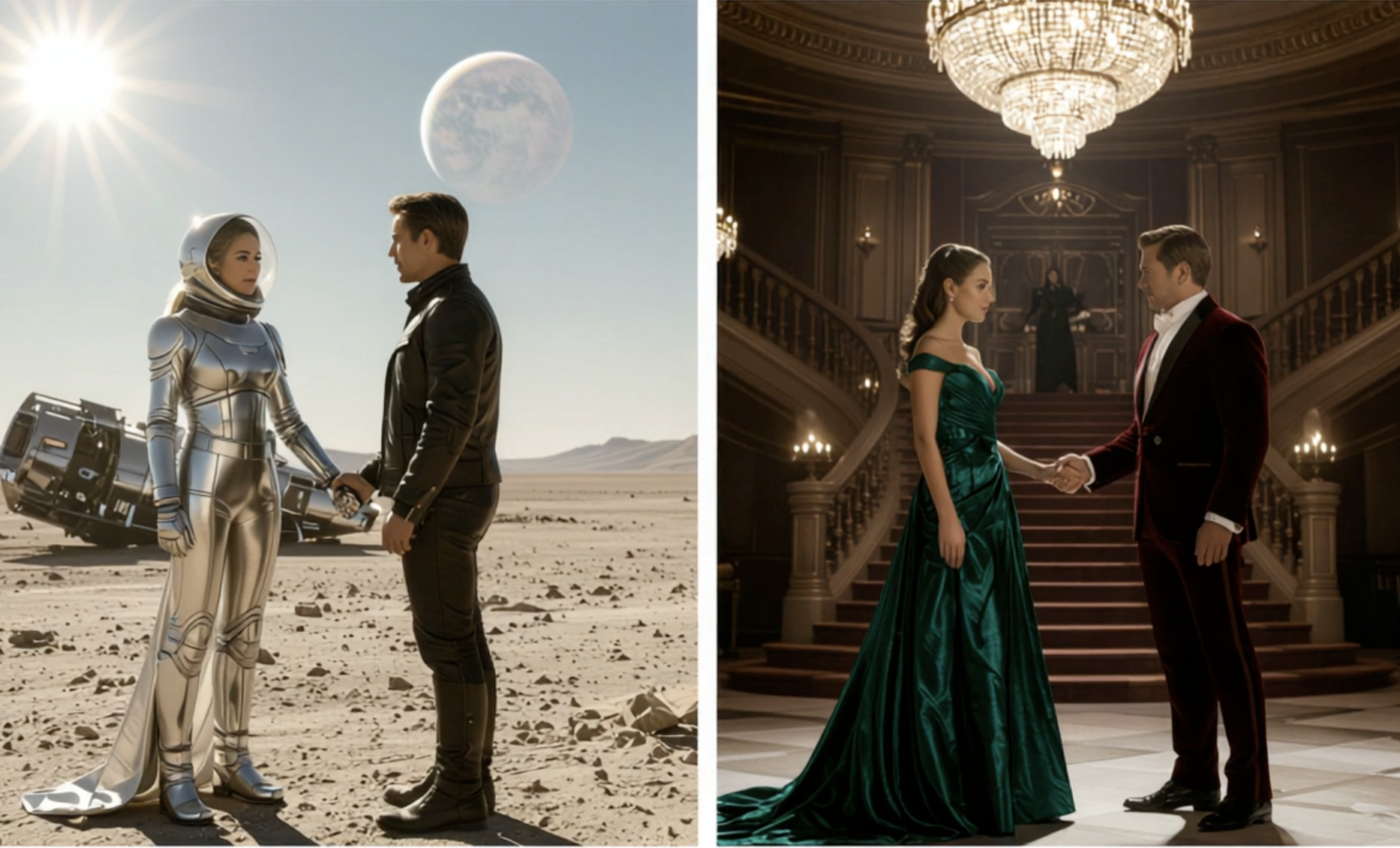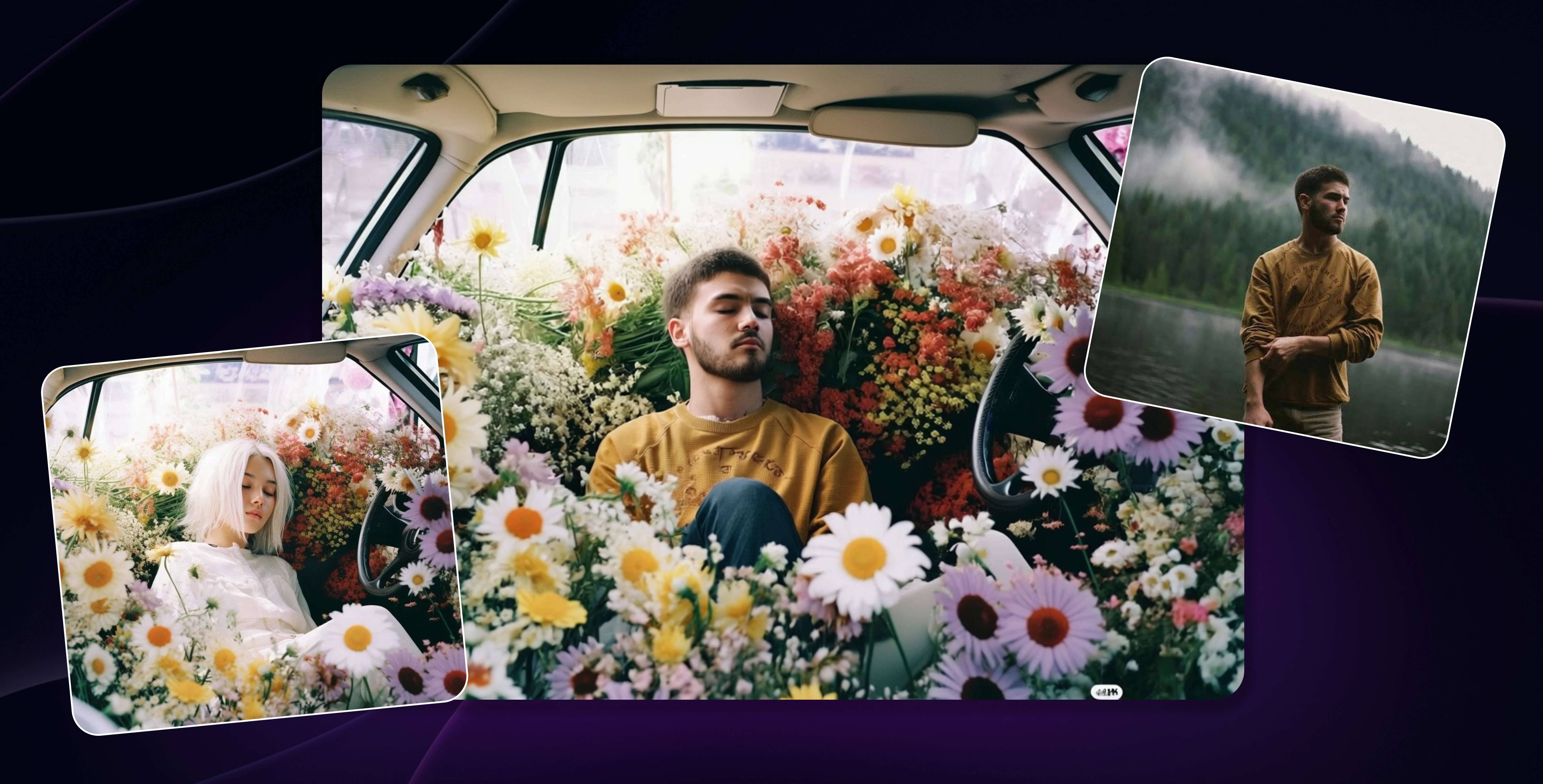
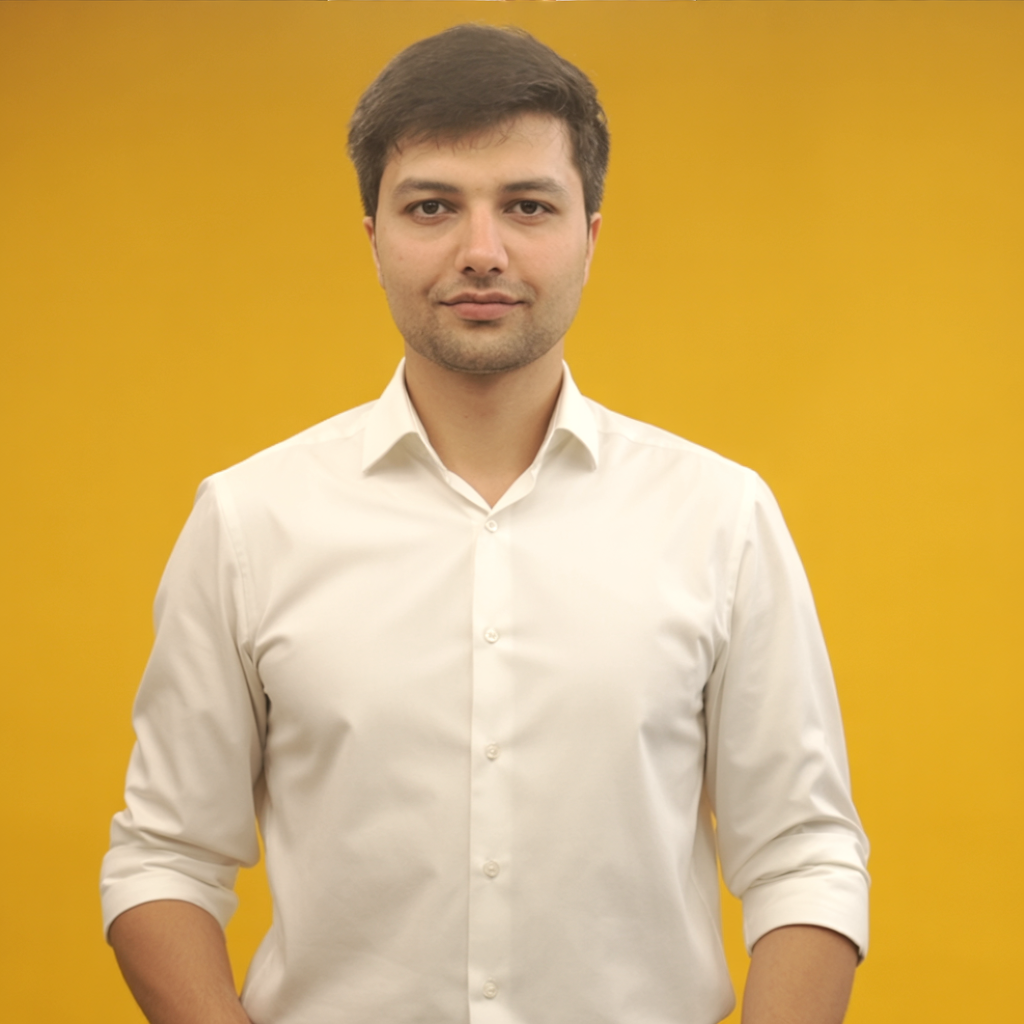
Shayan Shahzad
Wed Aug 27 2025
5 mins Read
Runway Gen-4 References transforms AI image generation by allowing up to 3 reference images to guide your outputs. The key is understanding that references handle visual consistency while prompts control context, actions, and atmosphere.
Core Principle
Your references show the AI your subject’s appearance. Your prompts give it direction: actions, poses, environments, and mood.
- References= “Who or what”
- Prompts= “What’s happening, where, and how it feels”
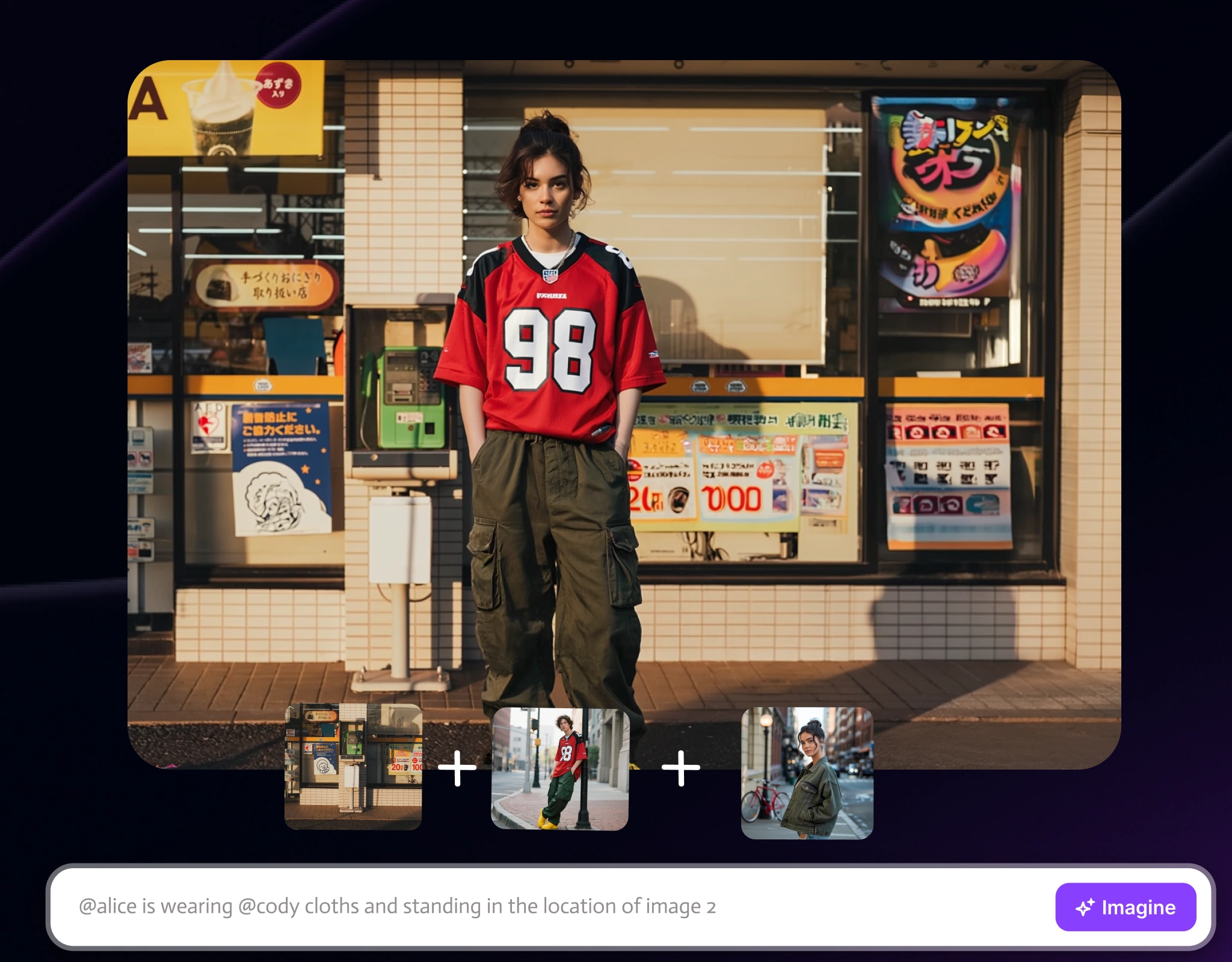 Prompt Structure described
Prompt Structure described
The Essential Prompt Structure
Creating prompts for Gen-4 References is easier if you follow a simple structure:
1. Subject Acknowledgment (Always Start Here)
Always anchor your prompt to the reference image so the AI knows which subject to focus on. Examples:
- "The character from the reference image..."
- "Using the person in the reference..."
- "The same warrior from reference 1..."
2. Action / Pose Definition
Next, tell the AI what you want your subject to do. Examples:
- "...standing confidently with arms crossed"
- "...walking through a misty forest"
- "...sitting at a wooden desk, reading"
3. Environment Context
Set the scene or surroundings for your subject. Examples:
- "...in an ancient library"
- "...on a mountain cliff at sunset"
- "...inside a modern coffee shop"
4. Style / Mood Enhancement
Finally, add atmosphere or artistic direction. Examples:
- "...with dramatic cinematic lighting"
- "...in anime art style"
- "...photorealistic, professional photography"
Core Prompting Techniques
Here are 3 key techniques to make your prompts consistent and effective:
Technique 1: Reference Anchoring
Always tie your prompt to the reference to avoid losing your subject’s identity.
- Weak anchoring: "A warrior in battle armor fighting a dragon"
- Strong anchoring: "The warrior from the reference image, wearing the same armor, now in combat stance facing a dragon, maintaining exact facial features and costume details"
Technique 2: Contextual Bridging
Move your subject into new scenarios without changing their identity. Example: "The same person from reference 1 now in the environment from reference 2, keeping their original clothing and appearance, with soft morning lighting"
Technique 3: Progressive Detailing
Start simple, then gradually add layers of complexity.
- Basic: "Character from reference in forest setting"
- Enhanced: "Character from reference walking through enchanted forest, dappled sunlight, mystical atmosphere"
- Detailed: "Character from reference walking confidently through enchanted forest clearing, soft golden sunlight filtering through ancient trees, magical particles floating in air, serene expression"
Prompt Categories for Maximum Impact
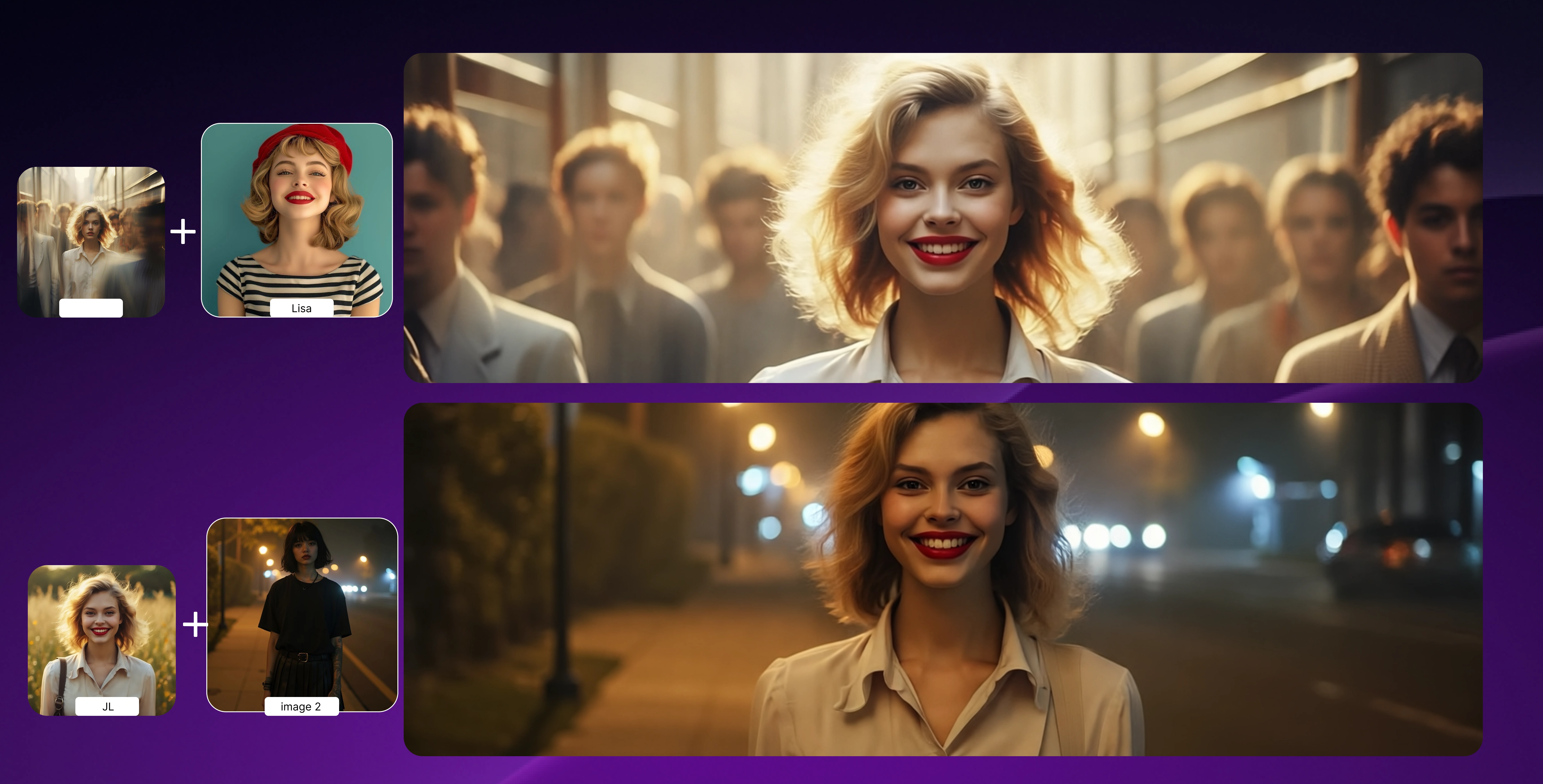 character consistacey expalined
character consistacey expalined
1. Character Consistency Prompts
Keep your characters consistent across multiple scenes:
-
Portrait Variations: "The character from reference in close-up portrait, looking directly at camera with [emotion], professional headshot lighting"
-
Action Sequences: "Same character from reference in [specific action], maintaining exact appearance, [environment], dynamic composition"
-
Emotional Range: "Character from reference showing [specific emotion], same outfit and features, [appropriate setting]"
2. Style Transformation Prompts
Change the artistic style while preserving your subject’s identity:
- Anime Style: "Character from reference reimagined in anime art style, large expressive eyes, cel-shaded rendering, maintaining original hair and clothing colors"
- Photorealistic: "The same character from reference as a photorealistic portrait, professional studio lighting, high detail, maintaining all facial features"
- Artistic Styles: "Character from reference in [oil painting/watercolor/digital art] style, [specific color palette], artistic interpretation while keeping core features"
3. Environmental Integration Prompts
Place your subject naturally in different environments:
- Natural Environments: "Character from reference standing in [specific location], natural lighting, realistic atmospheric perspective, environmental interaction"
- Indoor Scenes: "Same character from reference in [interior setting], appropriate lighting for environment, natural pose and expression"
- Urban Settings: "Character from reference in [city/street scene], realistic crowd blur, authentic urban atmosphere, natural street lighting"
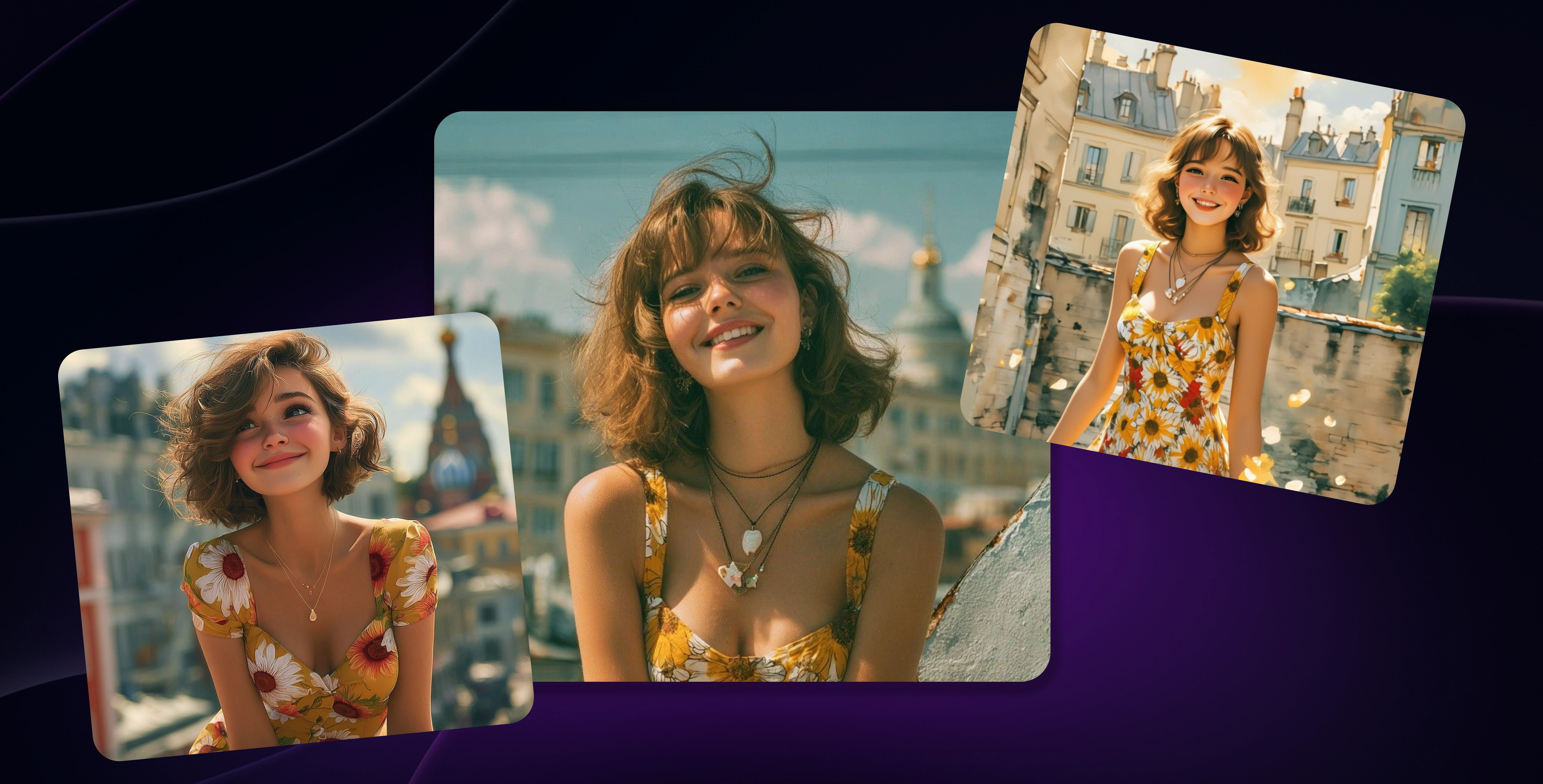 style Transfers
style Transfers
Practical Examples By Use Case
Content Creation Series
- YouTube Thumbnail Character: "The character from reference with excited expression, pointing gesture, bright colorful background, high energy pose, thumbnail-style composition"
- Social Media Posts: "Same character from reference in casual pose, modern outfit variation, Instagram-worthy lighting, lifestyle photography style"
Storytelling & World Building
-
Character Introduction: "The protagonist from reference standing at the edge of a cliff, wind blowing through their hair, vast fantasy landscape below, hero's journey beginning"
-
Emotional Story Moments: "Character from reference showing quiet determination, sitting by campfire, night scene, contemplative mood, story illustration style"
Professional Applications
-
Product Integration: "The model from reference holding [product], natural interaction, professional product photography lighting, commercial style"
-
Brand Consistency: "Same brand character from reference in [seasonal/holiday] themed setting, maintaining brand colors and personality, marketing campaign style"
Common Mistakes to Avoid
Over-Describing Reference Features: Avoid restating what’s already in the reference.
-
"Blonde woman with blue eyes and red dress..."
-
"The woman from reference now in outdoor garden setting, same outfit, natural daylight"
Conflicting Instructions: Don’t change the reference subject in incompatible ways.
-
"Character from reference but with different hair color and clothing"
-
"Character from reference with additional jewelry, same base appearance, elegant lighting"
Over-Complex Prompts: Avoid cramming too many actions or settings into one prompt.
-
"Character fighting three enemies while riding a horse in a storm with lightning and rain in a burning village with crowds fleeing"
-
"Character from reference in heroic combat stance, stormy battlefield background, dramatic lighting, single opponent"
Quick Reference Formula
Formula:
[Reference acknowledgment] + [Action/Pose] + [Environment] + [Style/Mood]
-
Portrait Work: "Character from reference" + "with confident smile" + "in professional studio" + "soft portrait lighting"
-
Action Scenes: "Same warrior from reference" + "drawing sword from sheath" + "on ancient battlefield" + "cinematic dramatic lighting"
-
Lifestyle Content:"Person from reference" + "enjoying morning coffee" + "in cozy café setting" + "warm natural lighting"
Pro Tips For Immediate Improvement
-
Be Specific with Actions – Instead of "fighting," use "raising sword defensively" or "lunging forward with spear."
-
Use Lighting as Mood Control –
- "Soft golden hour light" = romantic/peaceful
- "Dramatic shadows" = intense/mysterious
- "Bright even lighting" = professional/clean
3 . Test Simple Before Complex– Start basic, then build complexity gradually.
4 . Maintain Consistency Language – Use phrases like "same character," "maintaining appearance," "exact features" to reinforce reference use.
Wrapping Up
Runway Gen-4 References works best when your references and prompts collaborate. Let references handle character consistency, while your prompts guide context, emotion, and creativity.
Key Takeaways:
-
Start simple, anchor to references.
-
Be specific about new actions, environments, and styles.
-
Build complexity gradually for professional-quality results. With these techniques, your images will be consistent, expressive, and visually stunning.

Shayan Shahzad
Shayan Shahzad loves turning AI trends and innovations into content people actually enjoy reading. With over seven years in content marketing, he focuses on generative AI and emerging tech. At ImagineArt, Shayan brings complex ideas to life through clear, engaging, and search-friendly narratives that connect with the right audience.
